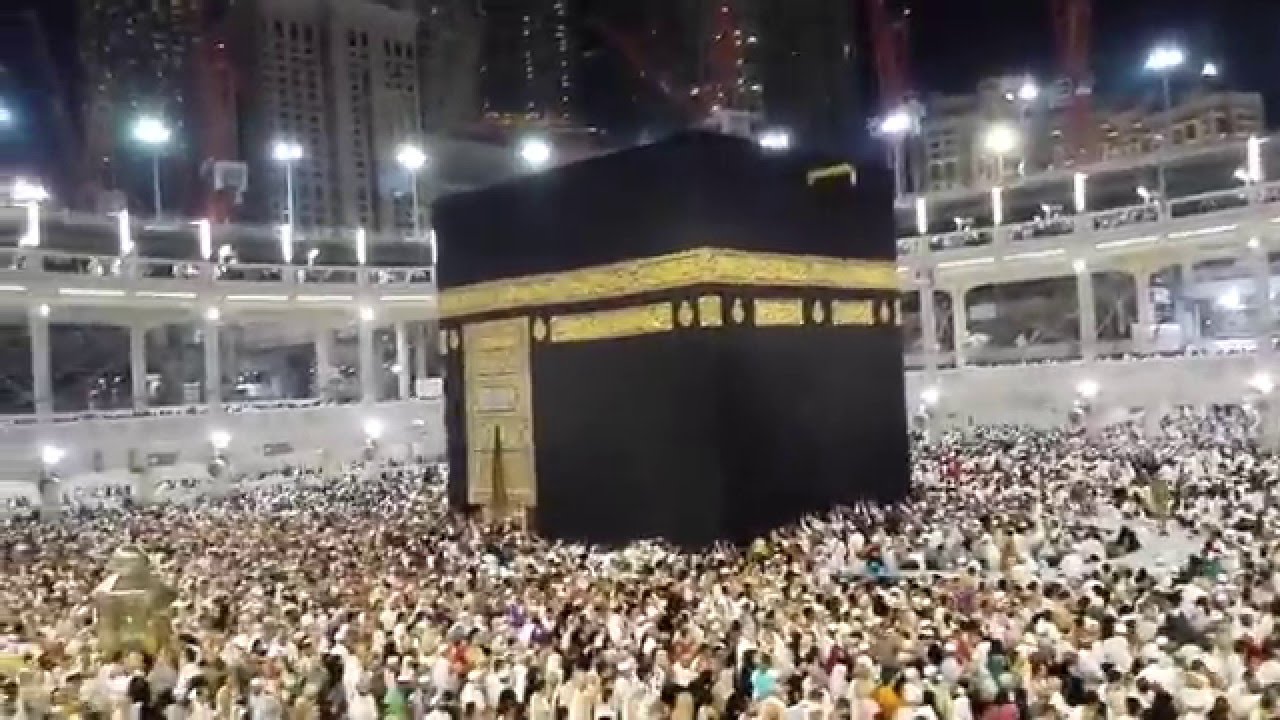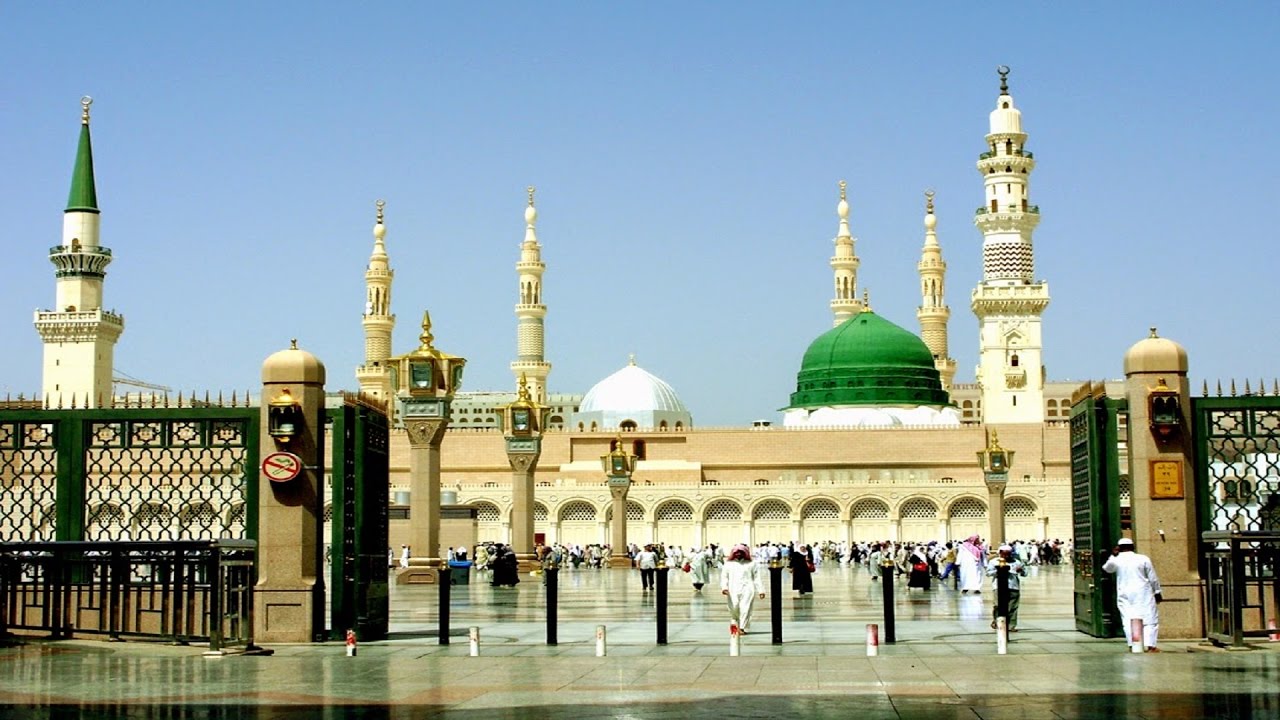Arif-Worship
“Bismillahir Rahmannir Raheem”Al-Hamdu Lillaahi Rabbil ‘Aalameen was Salaatu was- Salaamu ‘Alaa Sayidinaa Muhammadin wa Aalihi wa Asabihi Ajma ‘een (tauheed- risalat- ahkirat and islam-iman-ihsan)
Arif 30
Physicists really worship the four essential attributes of God, namely, Life, Knowledge, Power, and Will;
Philosophers worship His names and attributes as manifested in the planets;
Dualists worship Him as Creator and creature in one;
Magians worship Him as the Unity in which all names and attributes pass away, just as fire destroys all natural properties and transmutes them to its own nature;
Materialists, who deny the existence of a Creator and believe in the eternity of Time, worship God in respect of His He-ness (Huwiyya), in which He is only potentially, but not actually, creative;
Brahmans worship Him absolutely, without reference to prophet or apostle.
As regards the future life, since all worship God by Divine necessity, all must be saved. But the seven sects above-mentioned (unlike the Jews, Christians and Muslims, who received their religions from a prophet) invented their forms of worship for themselves. Consequently, they are doomed to misery hereafter. That which constitutes their misery is the fact that their felicity, though ultimately assured, is far off and is not revealed to them until they have suffered retribution.
On the other hand, those who worship God according to the mode ordained by a prophet enjoy immediate felicity, which is revealed to them continuously and gradually. It is true that the Jews and Christians suffer misery, but why is this? Because they have altered God’s Word and substituted something of their own. Otherwise, they would have come under the rule that God never sent a prophet to any people without placing in his apostolic mission the felicity of those who followed him .
all experience is perception by the human spirit of the nature and destiny eternally stamped upon it. “I Myself am Heaven and Hell.”
“Life” denotes the spirit’s contemplation of its bodily form: the spirit assumes the form of the object contemplated, just as sunbeams falling on green or red glass take the form and colour of the glass.
After death, i.e., after the withdrawal of the spirit’s gaze from the body, the spirit remains wholly in the spiritual world, while wearing the same corporeal aspect as it had before . Those mystics who deny the resurrection of the body are in the wrong. “We know by Divine information that bodies are raised from the dead with their spirits.” The death of the spirit consists in its detachment from the body and resembles the dreamless sleep which is akin to not-being , since the sleeper has neither perception of the sensible nor vision of the unseen .
During the intermediate state (barzakh) between death and resurrection every one moves in a world of phantasy (khayál) peopled by the forms, ideas, and essential characters of the actions which he or she committed in their earthly life .
The drunkard quaffs fiery wine in a cup of fire; the sinner whom God has forgiven passes into forms of good works, each fairer than the last; and he whose good works have been done in vain becomes imbued with the form of his eternal fate, ever-changing images of woe which his resurrection shall reveal to him as realities.
The present, intermediate, and future states are one existence (wujúd wáḥid), and you by virtue of your inmost nature (huwiyya) are the same in them all, but while the things of this world are free (ikhtiyárí), the things hereafter are determined by what happens here .
The world, having been created, must die: its death is its passing away (faná) under the might of the Divine Reality which manifests itself in the guise of individuals; and its resurrection is the manifestation of that Reality with the signs foretold in the Quran .
The universal or greater resurrection (al-sá‘atu ’l-kubrá) includes the particular or lesser resurrection (al-sá‘atu ’l-ṣughrá), i.e., the resurrection of every individual, and their signs correspond. For example, Dajjál (Antichrist) is an emblem of the flesh (nafs): as Dajjál shall be slain by Christ (the Spirit of God, Rúḥ Allah), so shall the flesh be destroyed by the spirit (rúḥ) .
Again, the coming of the Mahdí, who shall reign for forty years, symbolises the perfection of the Perfect Man uniting and consummating the forty grades of existence .
When I want to talk to Allah I say prayers and when I want that he talk to me I recite quran- Hazrath Ali(ra)
Make sure you forward this to others .


